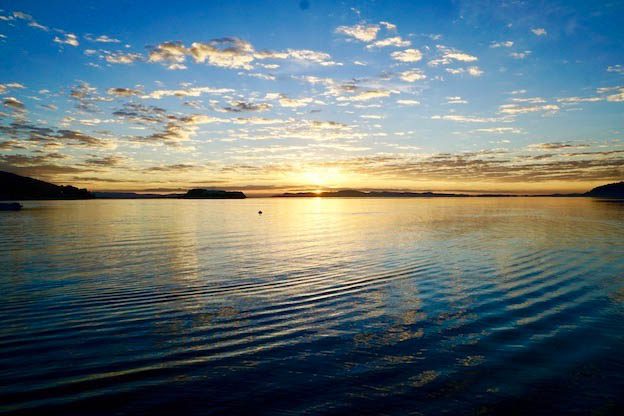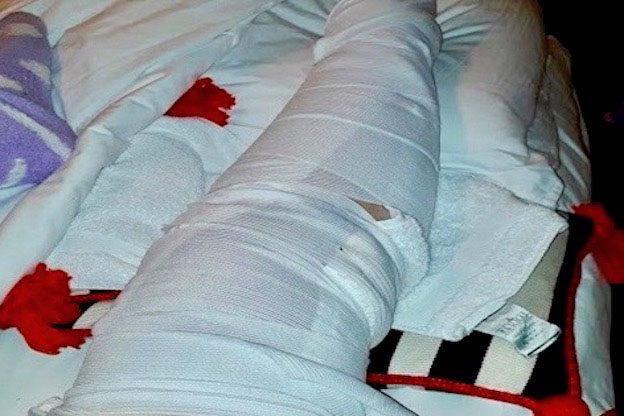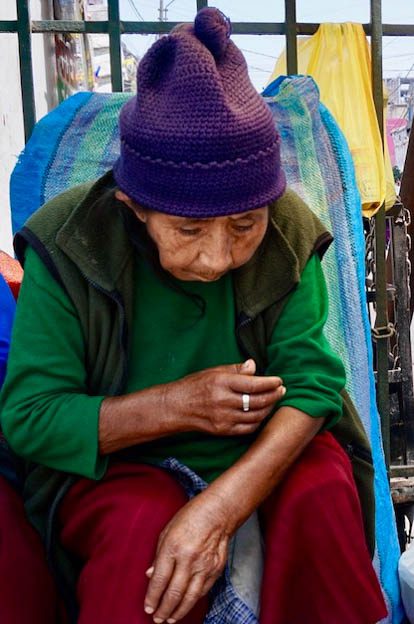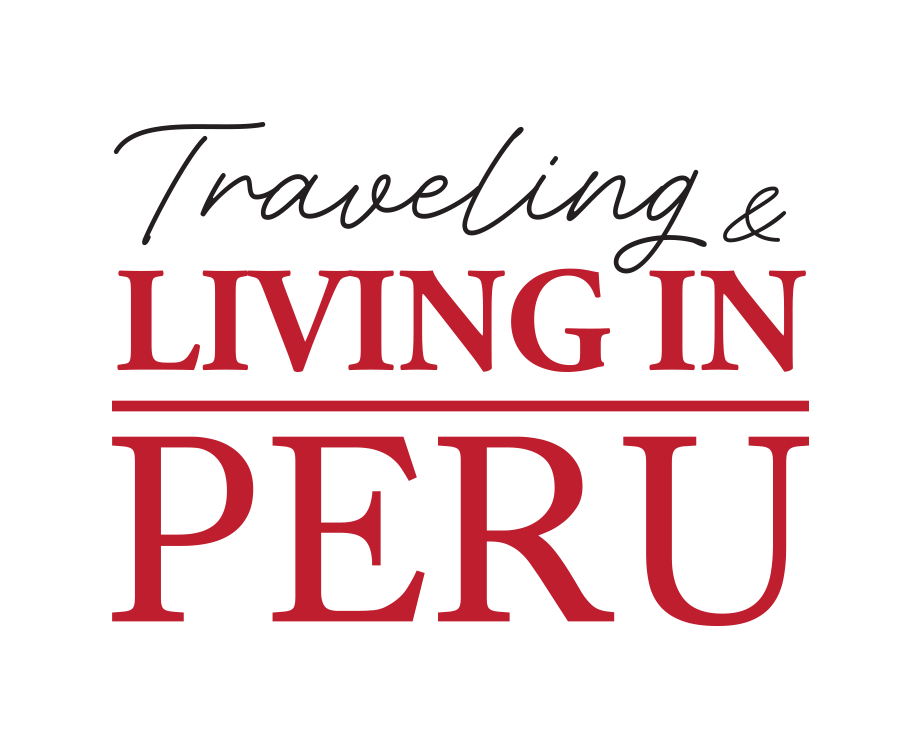Imagine planning the trip of a lifetime to Peru but not being able to enjoy it fully because of the effects of altitude sickness. Here are some tips that will help you cope with the effects.
Many people plan their “bucket list” trip to Peru with great enthusiasm, dreaming of journeys to Machu Picchu, the Sacred Valley, walking the Inca trail and of course Lake Titicaca. But, many first-time visitors oftentimes fail to plan for the possibility of altitude sickness.
Altitude sickness can produce dizziness, breathing difficulties, headaches, vagueness, fainting, and in my case, severe leg cramps.
Altitude affects everybody differently
Not everyone will suffer the effects of altitude sickness. However, it does not restrict its indiscriminate effects to one particular group of people. Many people think that it is only the elderly or infirm who will be affected. This is not the case. Young fit people can be just as badly affected. (There is a common joke –not medically proven– that smokers cope better at high altitude because they are already oxygen deprived!)
My experiences with altitude sickness

Traversing the Andes from Cusco to Arequipa via Lake Titicaca (the highest navigable lake in the world) on the Belmond Andean Explorer, our traveling companions were of various ages, nationalities, and levels of healthiness. Most were fine until the second night when we reached Abra Crucero Alto, the highest point of the journey at 4528m. The resident Andean nurse, Liz Mery, was kept very busy all night. For example, a young pregnant Indonesian lady was affected, but her young and fit husband was worse!
Despite taking all the right precautions, this is where my trip fell apart. I suddenly had excruciating leg cramps. Liz Mery fitted the oxygen, supplied in every cabin, and inserted a cannula into my arm since I was dehydrated. The next thing I knew she jumped up on the bed and tied my drip bag to the overhead luggage rack!

Go with traditional treatment: muña
When the “normal “accepted medical treatment did not alleviate my pain, Liz Mery resorted to traditional Andean medicine. She came back with a bag full of muña leaves, boiled a kettle and poured it over the leaves. The room was immediately filled with the pleasant, slightly minty perfume of muña. Ah! Wonderful! Aromatherapy …..
But no! She then proceeded to wrap my leg in a poultice of soggy, scratchy, muña leaves from the top of my thigh to my ankle, bound them tightly with bandages, and said “That will do it.” That is how I spent that night in our luxury train cabin!
But it worked.
Basic precautions to minimize possible effects of altitude sickness
- Slow your pace down
- Plan your trip so that you ascend slowly
- Drink plenty of water
- Drink muña tea– a mint-like herb that flourishes in the Peruvian countryside
- Chew coca leaves, drink coca tea, or eat coca lollies
Always bring the coca leaves

Yes, I just said consume coca leaves. Coca leaves have been used for centuries by the Andean people to improve their health when working at high altitude. Many people who are employed with physically demanding jobs will constantly chew a wad of coca leaves to give them the extra energy. You may be shocked by this but, like many natural remedies of the past, coca leaves are of human benefit until they are adulterated by the addition of chemicals.
Mate de coca = coca leaf tea
This tea is commonly sold in supermarkets here in Peru (but you are unlikely to find it anywhere else in the world outside South America). Not finding the tea particularly palatable, I prefer to suck coca lollies, also readily available. The leaves can also be included in cooking and some of the world’s top chefs here in Lima are including them in their exotic creations.
Because of their long history of benefiting the people of Peru, coca leaves have assumed a mystic quality. In some areas, you might see elderly ladies on street corners who, for a few soles (Peruvian coins), will whisper to the leaves to tell your future.
Arriving at Taquile Island on Lake Titicaca we witnessed the moving Pachamama ceremony– giving thanks to Mother Earth. Then we each selected three coca leaves, held them to our chest and, facing each of the cardinal directions, offered thanks for the opportunity to be there.
Cover photo: Alan Riles
YOU MIGHT ALSO LIKE


